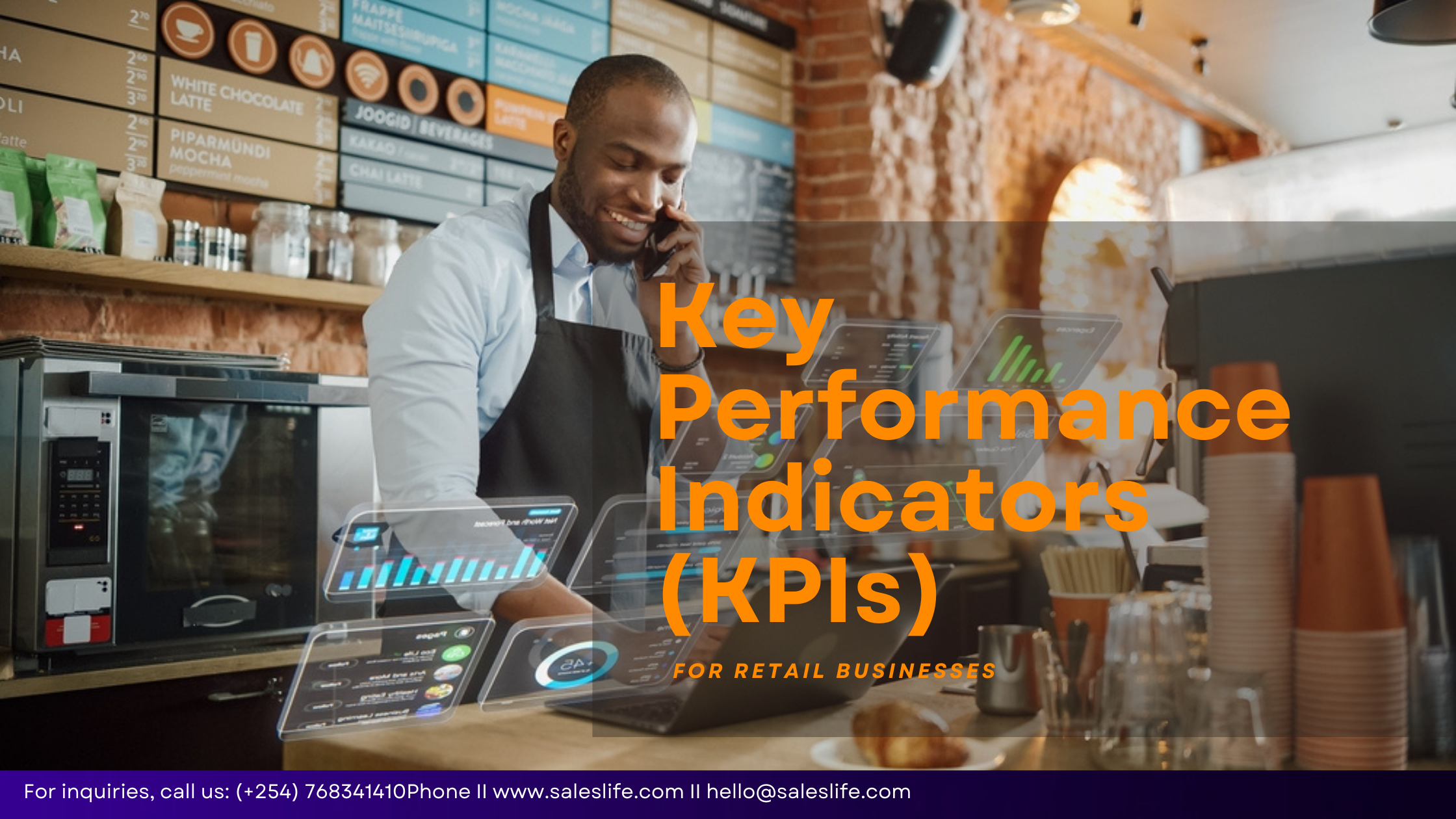In the dynamic realm of retail, sustaining competitiveness and profitability presents a perpetual challenge. Whether you run a traditional brick-and-mortar business or an online e-commerce venture, monitoring of Key Performance Indicators (KPIs) become paramount for achieving success and gaining profits. These metrics provide invaluable insights into the well-being of your enterprise, equipping you with the discernment to make data-driven decisions. Within this comprehensive guide, we will explore the most crucial retail KPIs that every business owner should be well-acquainted with.
What Are Retail KPIs?
KPIs are quantifiable measurements that reflect the performance of your business. They serve as a compass to help you navigate the complex retail landscape. By tracking these metrics, you can identify areas that need improvement, assess the effectiveness of your strategies, and ultimately drive growth. Here are the key retail KPIs to focus on:
1. Sales Revenue
Sales revenue is the lifeblood of any retail business. Tracking total sales, as well as sales by product category, location, and time period, helps you understand what’s selling and what’s not. This information is invaluable for making inventory, pricing, and marketing decisions.
2. Gross Profit Margin
The gross profit margin is the percentage of revenue left after subtracting the cost of goods sold (COGS). It’s a crucial KPI for assessing the profitability of your products. By optimizing this margin, you can increase profits without necessarily increasing sales.
3. Customer Acquisition Cost (CAC)
CAC measures the cost of acquiring a new customer. This includes advertising, marketing, and sales expenses. To maintain a healthy profit margin, it’s essential to keep your CAC in check and ensure that it’s lower than the lifetime value of your customers.
4. Customer Retention Rate
While acquiring new customers is important, retaining existing ones is often more cost-effective. The customer retention rate indicates how well you’re keeping your customers loyal to your brand. A high retention rate can lead to increased sales and referrals.
5. Average Transaction Value (ATV)
ATV is the average amount a customer spends in a single transaction. By increasing this metric, you can boost revenue without having to acquire more customers. This can be achieved through cross-selling, upselling, and other sales strategies.
6. Inventory Turnover
Inventory turnover measures how quickly your products are selling. A higher turnover rate suggests efficient inventory management, which reduces carrying costs and minimizes the risk of obsolete stock.
7. Conversion Rate
Conversion rate tracks the percentage of website visitors or in-store shoppers who make a purchase. Understanding this metric can help you improve the customer experience and optimize your marketing efforts.
8. Foot Traffic
For brick-and-mortar stores, foot traffic is a vital KPI. Tracking the number of people entering your store helps you gauge the effectiveness of location, marketing, and visual merchandising efforts.
9. Return on Investment (ROI)
ROI measures the profitability of specific marketing campaigns and initiatives. It’s crucial for evaluating the effectiveness of your marketing budget and identifying which strategies are driving the best results.
10. E-commerce Metrics
If you run an online retail business, additional KPIs such as website traffic, bounce rate, and cart abandonment rate are essential. These metrics provide insights into your online customers’ behavior and help you optimize your digital presence.
11. Customer Satisfaction
Customer satisfaction is a direct indicator of how well your business is meeting the needs and expectations of your customers. Happy customers are more likely to make repeat purchases and become loyal brand advocates. To measure customer satisfaction, consider using surveys, reviews, and feedback forms. Addressing areas of dissatisfaction can lead to higher retention rates and increased sales.
12. Customer Lifetime Value (CLV)
Customer lifetime value represents the total revenue a customer is expected to generate throughout their relationship with your business. Understanding CLV helps you prioritize long-term customer relationships over short-term gains. By focusing on increasing CLV, you can boost profits and create a sustainable business model.
13. Gross Income
Gross income is the total revenue generated before deducting operating expenses. It provides a clear picture of your business’s overall financial health. Monitoring gross income allows you to assess how well your products or services are performing in terms of generating revenue.
14. Click Through Rate (CTR)
For businesses with an online presence, CTR is a vital metric for evaluating the effectiveness of digital marketing campaigns, especially pay-per-click (PPC) advertising and email marketing. CTR measures the percentage of people who clicked on a specific link, such as an ad or call-to-action button. A high CTR indicates that your marketing messages are resonating with your audience and driving traffic to your website or landing pages.
CONCLUSION
As a business owner, it’s crucial to be aware of these KPIs and their impact on your operations. Each of these metrics plays a unique role in assessing and improving your business’s performance. By regularly monitoring and analyzing these KPIs, you can make informed decisions that contribute to your business’s success, whether it’s increasing revenue, enhancing customer satisfaction, or optimizing your marketing efforts. Remember that KPIs are not just numbers; they are powerful tools for driving your business toward growth and prosperity.
For more details book a discovery call with us and let’s guide towards ensuring you monitor the right metrics for the success of your business.


